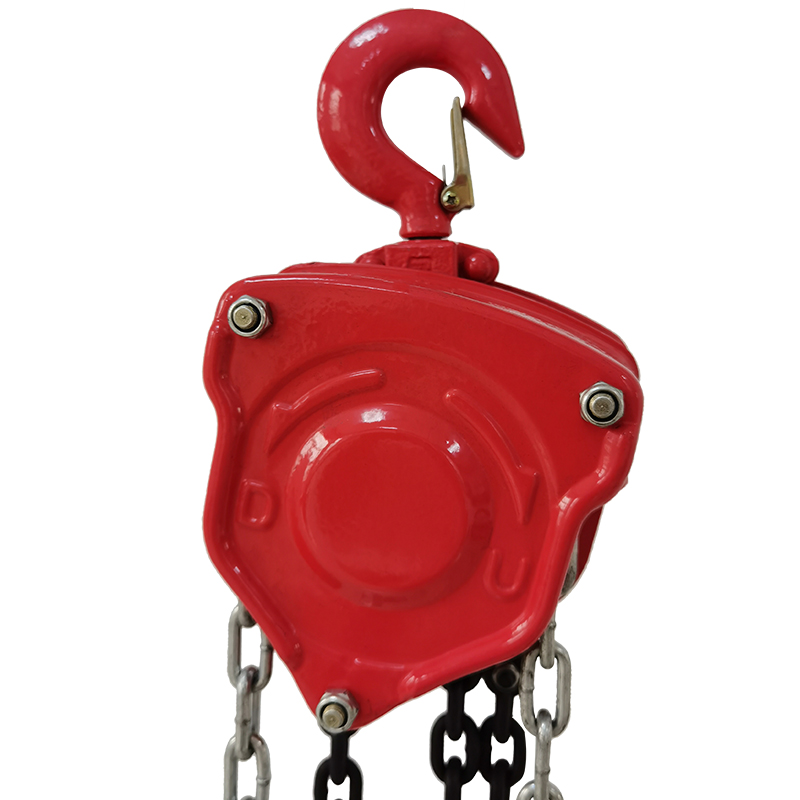


The Versatility and Functionality of Pulley Blocks
Pulley blocks are essential tools in various industries, offering efficient solutions for lifting and moving heavy loads. Essentially a system comprising a wheel and a rope, a pulley block simplifies the task of lifting by distributing weight and minimizing friction. Despite their simple design, these devices have been used for centuries in different applications, ranging from construction sites to maritime operations, and even in everyday situations.
One of the primary benefits of a pulley block is its ability to change the direction of force. When you pull down on one side of the rope, the load attached to the opposite side is lifted. This fundamental principle allows users to employ their body weight effectively to lift heavy objects, making tasks that could otherwise be impossible much more manageable. In construction, for instance, workers often use pulley blocks to raise materials to significant heights, consistent with safety and efficiency.
The mechanical advantage provided by pulley blocks is another significant aspect of their functionality. By using multiple pulleys, a system can be created where the force needed to lift an object is reduced. For example, a block and tackle system, which involves using multiple pulleys, allows a person to lift heavy loads with considerably less effort. This is especially useful in scenarios where heavy equipment needs to be moved, such as in warehouses or during the loading and unloading of cargo ships.

In maritime applications, pulley blocks are indispensable. Sailboats and large vessels rely on pulley systems to control sails, adjust rigging, and manage cargo. The rope, or line, runs through the pulley, allowing sailors to pull or release sails with greater force and precision. This system not only enhances maneuverability but also ensures that the crew can operate safely from different positions on the ship.
Additionally, the design of pulley blocks has evolved over time. Modern pulley blocks are made from durable materials such as aluminum, stainless steel, or composite plastics, which not only provide strength but also reduce weight. Some pulley blocks are designed to handle specific tasks, while others are adjustable, allowing users to configure them for a wide range of applications. Features such as locking mechanisms and swivel hooks have been integrated to enhance safety and functionality.
Safety is paramount when using pulley blocks, as improper use can lead to accidents and injuries. It is vital to assess the load capacity of the pulley system carefully, ensuring that it can handle the weight to be lifted. Furthermore, users should regularly inspect the equipment for signs of wear and tear, such as frayed ropes or damaged pulleys. Utilizing safety precautions, such as wearing helmets and using gloves, can also help mitigate risks associated with lifting heavy loads.
In conclusion, pulley blocks are versatile tools that have adapted to meet the needs of various industries and everyday applications. Their ability to amplify force, change direction, and facilitate movement of heavy objects makes them invaluable in many scenarios. Whether you are lifting materials on a construction site, managing a sailing vessel, or organizing a heavy garage sale, understanding and using pulley blocks efficiently can save time and effort while enhancing safety. As technology progresses, the innovation surrounding pulley blocks promises to further enhance their efficiency and usability, ensuring this age-old tool remains relevant in a continually advancing world.



